On This Day…
Ju88 crashed after take off in Holland, June 3rd, 1941.
On June 3, 1943, This MK.V1c Beaufighter ran off the airstrip into ditch when landing at Dobodura, Papua New Guinea.
Following the shock of Doolittle raid in April of 1942, the Japanese forces (after much posturing and politicking) decided on a strategy to destroy the American aircraft carriers they desired so much and which they’d failed to damage at Pearl.
Admiral Yamamoto decided on the tiny archipelago of Midway to act as their Trojan horse, using a feint on the Aleutian Islands to first provoke the Americans and then lure them into exposing their carriers in an ambush at Midway.
Yamamoto’s typically overthought plan relied on several key points of (mis)information. The Japanese thought the Yorktown had been sunk at the Battle of the Coral Sea, they seriously misjudged the American moral (and will to fight), and crucially, had no idea the Americans had broken their communication codes. The undoing of the Japanese codes, especially, meant that the Japanese tactic of holding back and dispersing their support ships (for obfuscation and surprise) was essentially an act of useless self injury.
Whereas Yorktown’s damage at the battle of Coral Sea was severe, she set sail for Midway only after round the clock repairs and with a team from Pearl still working on her even as she approached the Midway theatre. The Shōkaku (with several major hits at Coral Sea) and the Zuikaku (who lost half her aircraft and pilots there) were both left in Japan.
On the eve of battle, the Japanese fleet comprised four carriers; Kaga and Akagi in Carrier Division One, and Hiryū and Sōryū in Division Two. Due to factors such as fatigue, poor aircraft spares, and old aircraft stock, although the IJN could count almost two hundred and fifty aircraft (plus several floatplanes), the amount they could put up, and keep up, was much less.
Thus we stood before the first shots; the US with vital intelligence, three carriers, seven heavy cruisers, and fifteen destroyers. The Japanese with four fleet carriers, four battleships and heavy cruisers, twelve destroyers, and a whole fleet of ships who (because of complex tactics and poor comms) would never engage the enemy.
On the morning of Wednesday, 3rd of June a PBY Catalina patrol ship radioed that she’d spotted the Japanese Task Force, when in fact it was the decoy ‘invasion fleet’. A squadron of B-17s from Midway were sent to intercept this force but failed to hit any targets...
Above, IJN Petty Officer Koga's A6M Zero which was damaged by AA fire over Dutch Harbor, Alaska, 3rd of June.
Often reproduced photo of F6F-3 Hellcat (VF-1) being ejected from the hangar deck catapult on the ‘new’ Yorktown (CV-10) during shakedown exercises near Trinidad, 3rd of June, 1943. The photo was taken exactly a year after the beginnings of hostilities at Midway which led to the loss of the Yorktown (CV-5).
USS North Carolina, Norfolk Navy Yard, US, 3rd June, 1942.
Someone may find it interesting; here she is again exactly three years later after the hostilities ended. USS North Carolina in the Naval Air Station, New York. Jayne 3rd, 1946.
Interesting shot of ‘FiFi’ B-29 Superfortress coming in for landing. Taken at the Reading Regional Airport, Pennsylvania, US. June 3rd...2018.
Same show as above, a Beechcraft Expeditor transport aircraft with a Mitchell B-25 in the background? Rd June, 2018.
@roofrat iModeler Robert Royes’s fantastic Expeditor.
The ‘miracle’ of Dunkirk was coming to a close; it was a miracle, however, that cost over 60,000 lives.
On the third of June, the 32e Division d'Infanterie (French 32nd infantry) were ordered on a counterattack offensive to buy more interesting ire for the evacuation. French Officer Arnaud De La Portaliere wrote this letter to his mother the night before the attempted advance...
“My dear Mother,
Tomorrow is the big day. We must receive the ‘Fritz’. I am with my section in a dangerous place that I have demanded. Everything is going well.
I am currently in a Belgian farm not far from the Germans. It is 10 p.m. It is not very nice. If tomorrow I manage to survive, and I doubt I will, I will write to you. If not, I would like to tell you that I am happy to die for France, and I willingly give my life for you all.
I will not send this letter, but I will keep it in my wallet. The ideals I have always espoused are sustaining me, and I hope that the little I have sacrificed in this life will not be forgotten in the other.
I am sending you 100,000 kisses”.
Arnaud
The letter was found in Arnaud’s wallet the next day.
German soldiers examine a MiG-3 that was destroyed whilst on the airfield in southern Russia. June 1941.

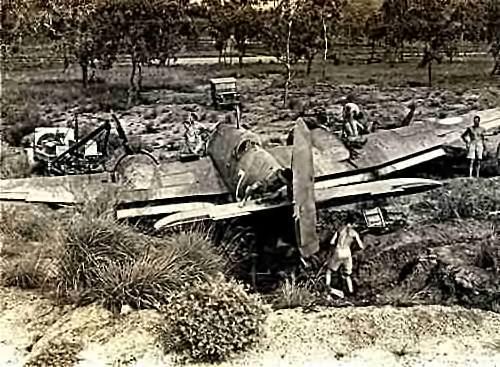
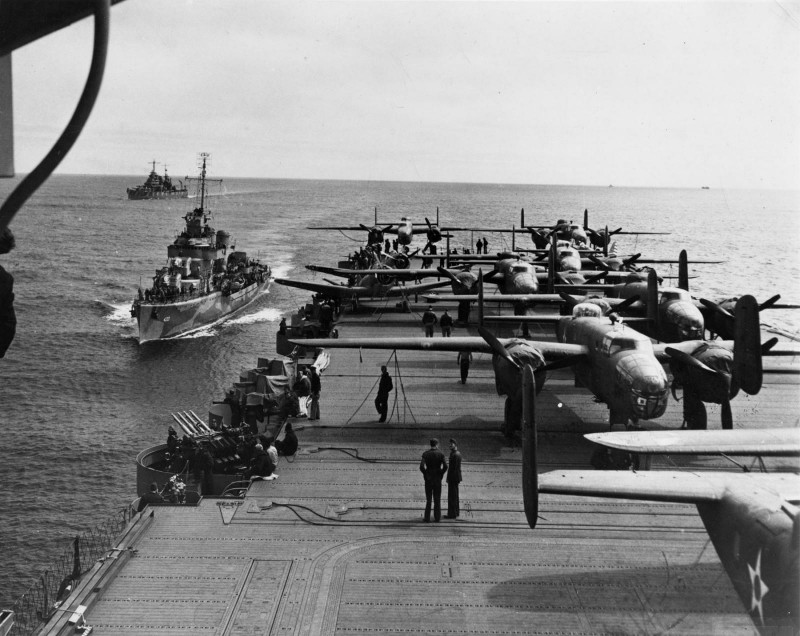
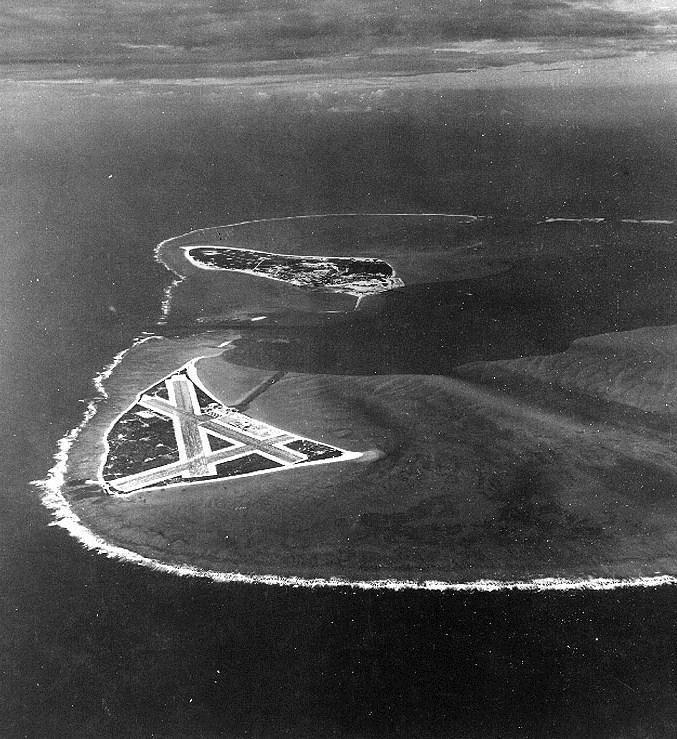
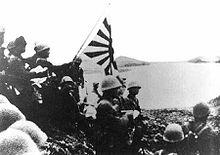

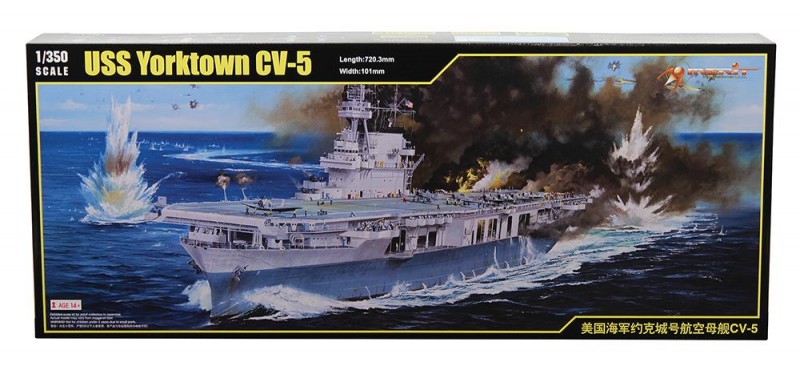
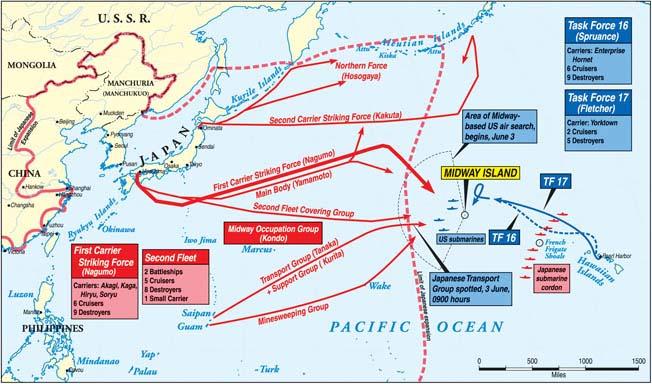
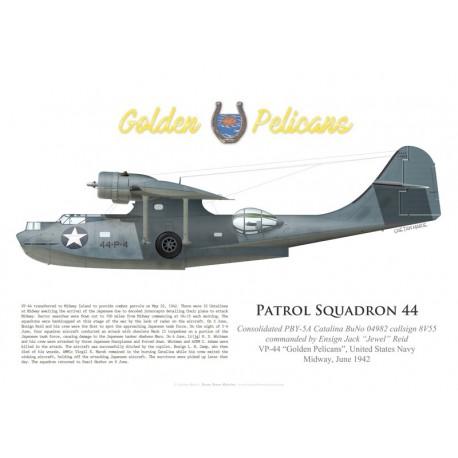
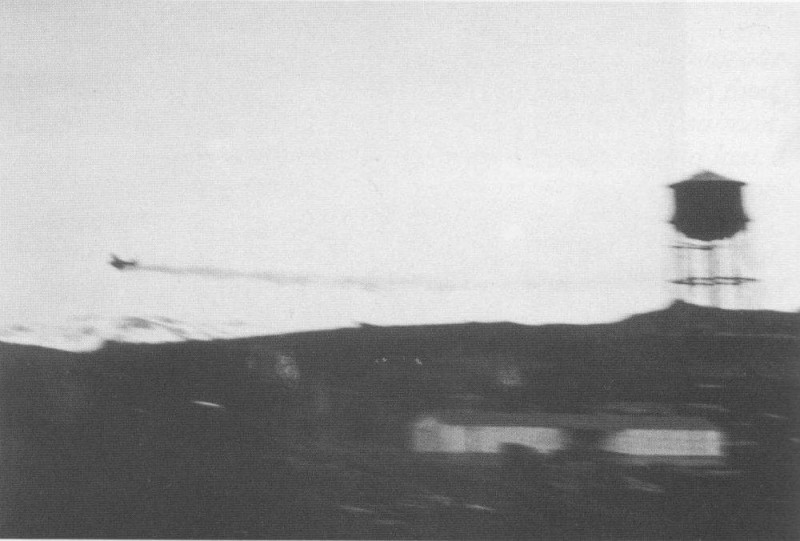
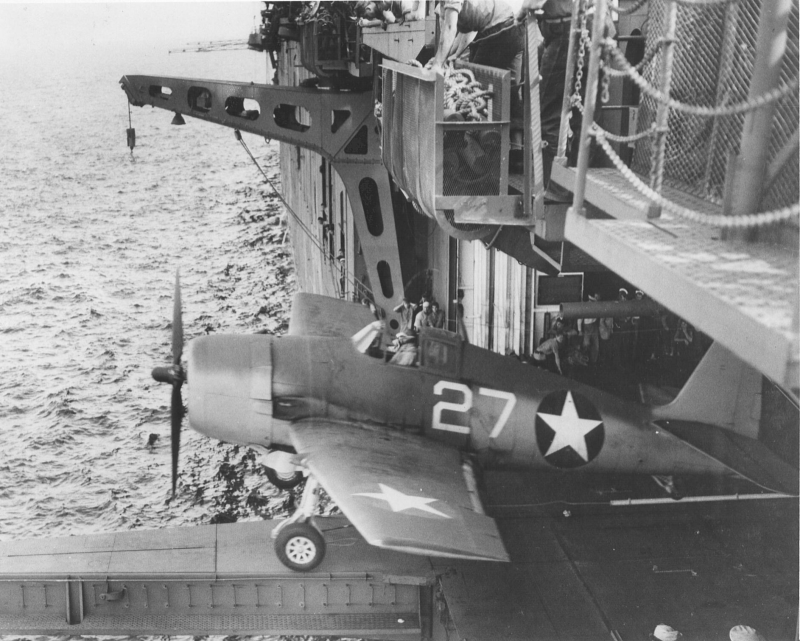
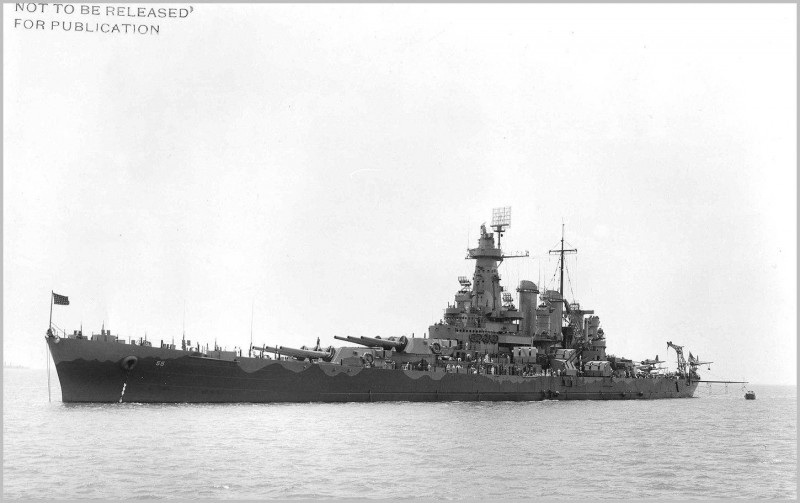

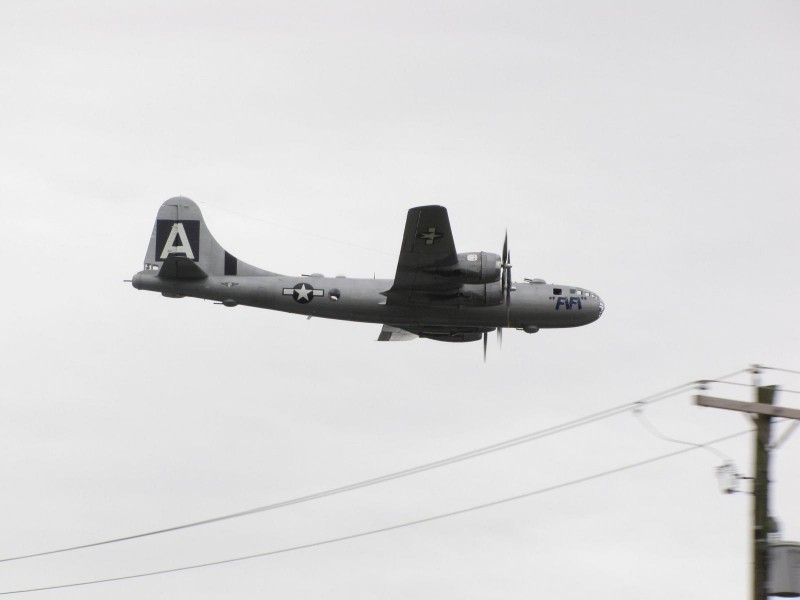
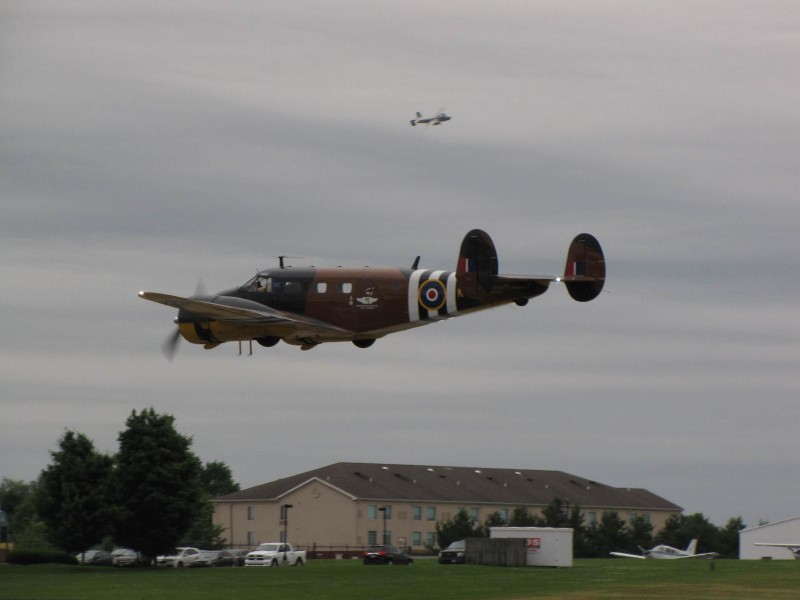

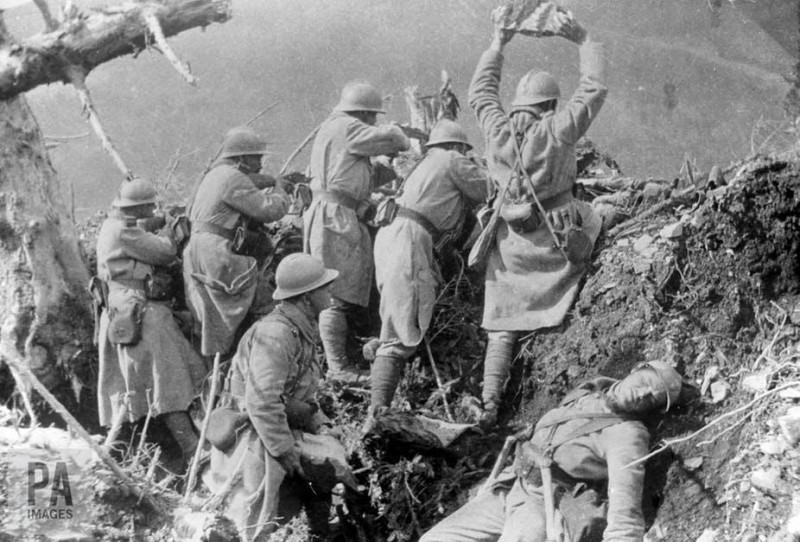
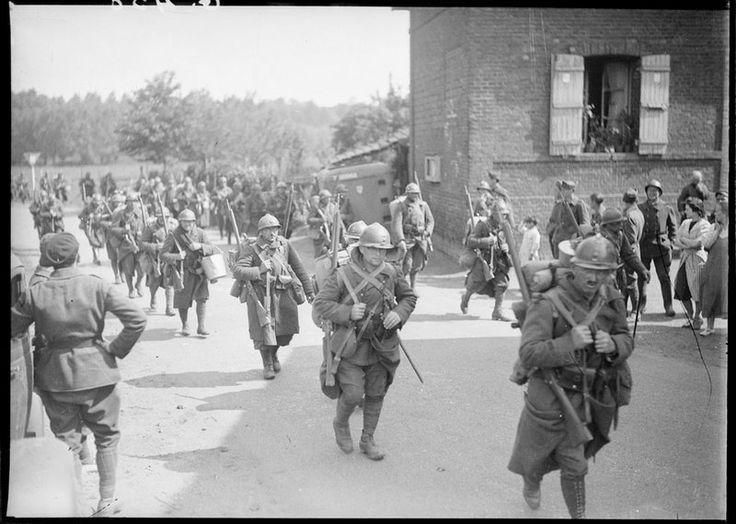
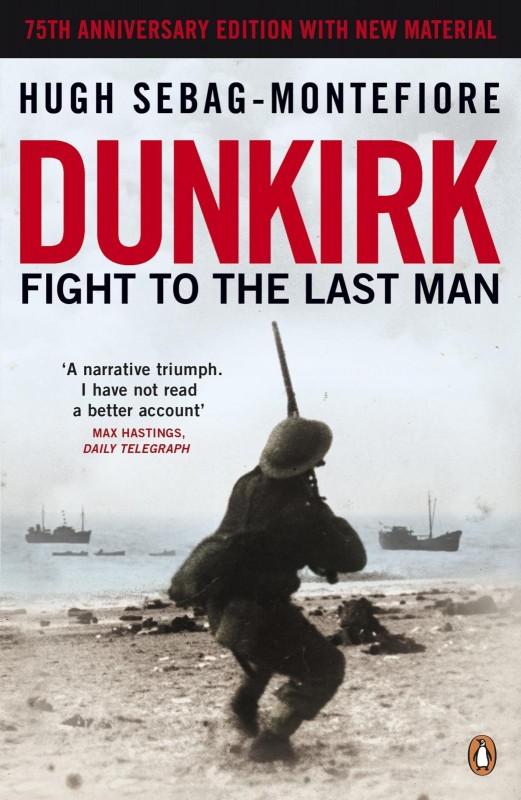
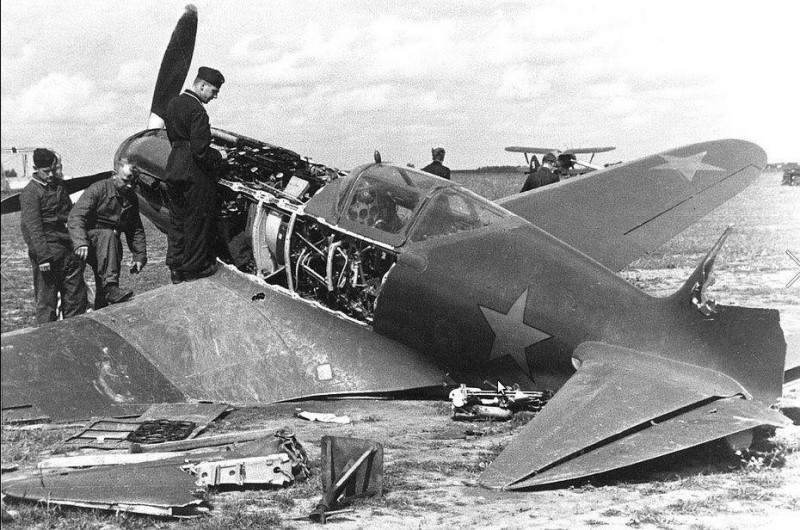
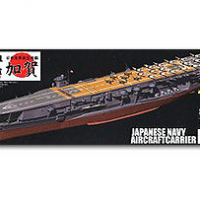
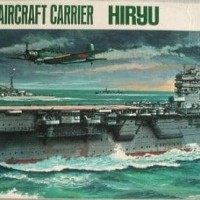

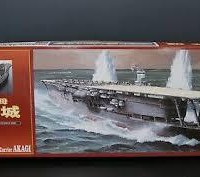


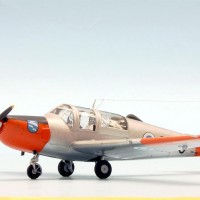

Thanks for the article!
José, you are very welcome.
Nice stuff.
Midway wasn't actually Yamamoto's "typically overthought plan." That description generally described all Japanese plans, which also proceeded on the assumption the enemy would act as the Japanese said they would.
Much of national strategies can be traced to the game strategies those who become leaders grow up playing. For instance, the British may be able to play a "long game" in a war due to the way the game of cricket works while also stressing teamwork from what you call "football" and we call "soccer." Americans have both the "grind it down" philosophy of American football and the ability to think "it isn't over till it's over" from baseball, both also emphasizing teamwork. For the Japanese, the games their leaders played were Kendo and Botayoshi. Kendo is a very stylized game in which the victor fells his opponent with a single blow, while Botayoshi involves a team making complex moves on the field to fake out the opponent in order to score a single winning goal. The same philosophy was seen in Japanese planning for battle in New Guinea and the Solomons, and most particularly in the complex plans that resulted in the Battle of the Philippine Sea and the Battles of Leyte Gulf in 1944. All of which foundered on the fact that the opponent wasn't playing the game according to the rules the Japanese were.
Very interesting, Tom. This is the first I've heard of this, but looking back at the War, I see what you mean.
Thanks for the history lesson!
Tom, this is a fascinating prospect; that the games we play are essentially extensions of our culture and historically informed by our past and it makes sense that we’d fight the way we play. Like Jeff, I never really thought of this, that the traits we admire in games betray our strategic thinking. Makes absolute sense when you lean into it.
Nice insight about the relationship of "game theory" and Japanese wartime strategy . I'm reading "Retribution" by Max Hastings and he pretty much comes the same conclusion that the Japanese always had a tendency to overthink their game plans, make them too complex, and always tried to go for the win from a single dramatic blow, (Pearl, Midway, etc). More importantly, you both noted that they assumed that their foes would be nice enough to abide by the assumptions that they used to make those plans.
Arnaud letter is heartbreaking, a good epitome of what most fighting men in both world wars probably felt... that certainty of death looming over the shoulder still shivers me. It felt like a Remage paragraph but in a different scenario
The certainty of his death was perhaps the only comfort he had, Pedro. Along with the letter to his mother was an instruction to give every man in the division 100 Francs.
Thanks again, David, for a great post.
I had never connected the downing of Petty Officer Koga's Zero with the feint on the Aleutians in the larger Midway campaign. That makes the whole effort fateful in more ways than one for the Japanese, because that blurry black and white photo of the Zero trailing oil ended up leading to the capture of the so-called Akutan Zero (https://en.wikipedia.org/wiki/Akutan_Zero). Though people have debated the impact of that captured aircraft (American pilots were already discerning the Zero's weaknesses), it is difficult to entirely discount the more specific knowledge garnered from the hands on testing it received, particularly for the development of the ultimate Zero-killer, the F6F Hellcat...fatefully featured in the following photo of this post. I would also add the the previous graphic of the PBY Catalina (obviously important in its role as a spotter at Midway) also seems fateful: Koga was shot down after he himself participated in the downing of a PBY and strafing its crew in the water. Those men paid the ultimate price, but their sacrifice made Koga's victory very, very costly indeed. (Incidentally, it was also a PBY that discovered the downed, intact Zero.) So the sequence of Catalina, that particular Zero, and Hellcat certainly tell a story.
Well said, David!
It has nothing to do with the main topic, but my Dad said that the PBY was his favorite aircraft to fly when he was in Naval Air Service during 'W twice.' He liked flying them more than the fighters he joined up tp fly; so much so that when he passed, I had a PBY engraved on the top of his headstone.
1 attached image. Click to enlarge.
Thank you for sharing this, Jeff. That memorial is a wonderful testament to a very important part of your father’s life. Glad you posted it.
Arguably, the PBY was a real game-changer. Time and again, in theaters of war across the globe and in crucial moments, in a myriad of roles, there's a PBY flying overhead. Simultaneously ugly and graceful, underpowered yet fantastically long-ranged, it was and remains an amazing aircraft design.
When I write these articles, there are often subthemes I’m aware of in either the sequencing or context; you always pick up on them, David. Brother from a different mother...
We are indeed, Tocayo, we are indeed...
Another excellent posting David. @dirtylittlefokker
Here's a link to the Akutan / Koga Zero that I built a while back as part of our Midway GB. I posted some other pictures of the man and machine if anyone is interested in taking a look. Since I have built the model, I recently saw a television program where a good picture was visible from the side of Koga's Zero. The yellow fuselage stripe was visible. So I'll have to go back and add the stripe to my model to make it proper.
Good show, Louis!
It doesn't seem to matter what the theatre of war was the Catalina seem to have been around for the crucial spots!
Excellent as always, David, and I commend you for mentioning the Aleutian campaign, even in passing. Dutch Harbor was actually attacked twice, once each on June 3rd and 4th, and diverted ships and aircraft that might have made a difference at Midway. It was a forgotten theatre of the US war in the Pacific, though several significant events and many hard won lessons came from it. It's a fascinating story to say the least. Should anyone be interested in learning more about the only WWII campaign fought on US soil, I heartily recommend the book "The Thousand Mile War" by Brian Garfield. It's an amazing story and will leave you in awe of the men who fought horrible conditions, lack of equipment, poor planning and apathy.
Thanks, Jaime. The conditions i the Aleutians were appalling, and (as mentioned in a previous post) the fighting - especially at the end - was barbaric.
I’ll follow up on the ‘Thousand Mile War’ - you can never have too many books...
A very interesting and informative set, David! I am humbled at the mention of my Beech build.
Well deserved, Robert, your support of iModeler (and iModelers) is always worthy of mention.
David, David, David... You never fail to educate and cause us to remember. How you do it so consistently is amazing, and we are all grateful for it. You let us see the impressiveness of the machines of war and juxtapose it with the heart-wrenching tales of those that give themselves for their country... or in many cases... the people of other countries.
Thank you my friend.
@dirtylittlefokker
@wiley2770
Thank you, Gary. A heartfelt and much appreciated testimonial from a friend - what more can you want?
David,
I just found your posts with these wonderful period photos. Thanks for sharing them! I've never seen them before and some of them gave me ideas and inspiration to build crashed aircraft!.. Thanks again. 1995 you had a young one... Me too. Time just flies...
I thank you for your message, Wayne. Deeply appreciated and well timed.
David
@waynehuicalgary